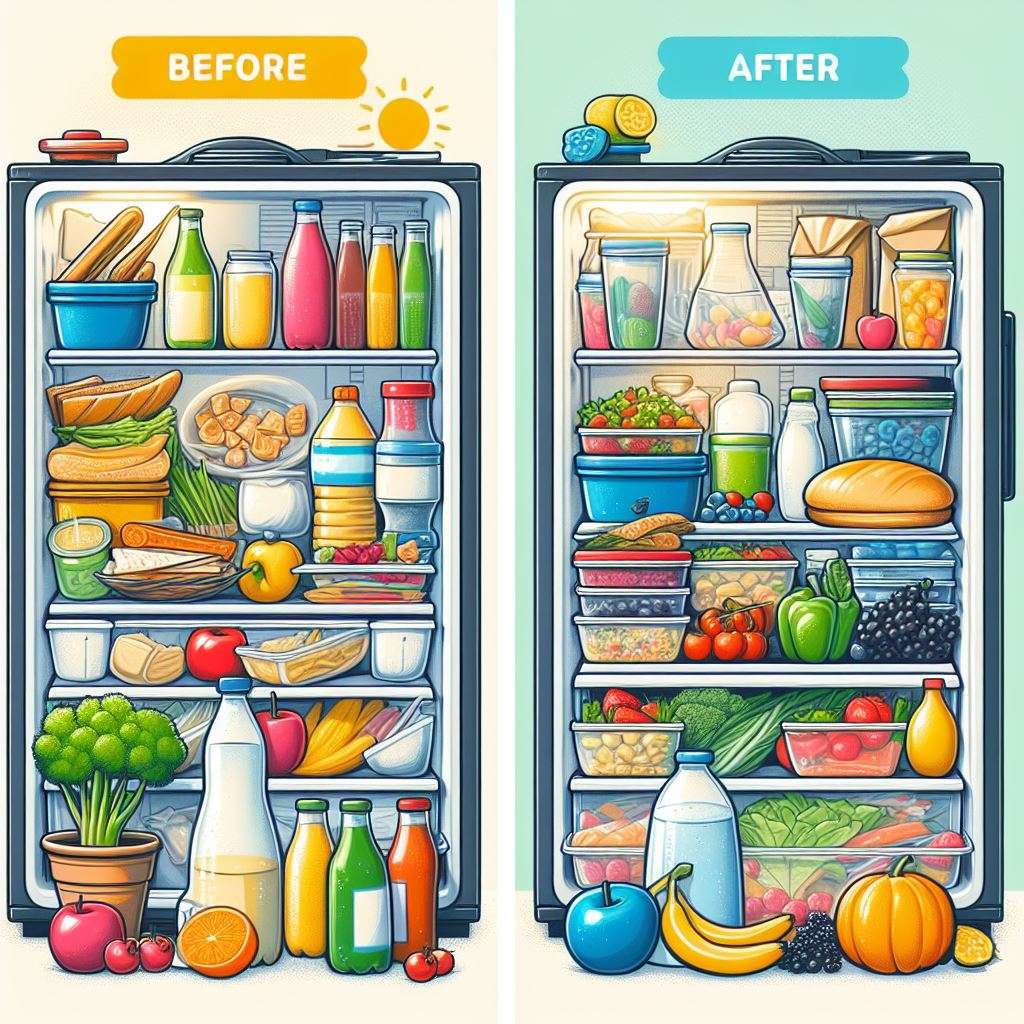Dreaming of saving the planet but feeling overwhelmed by the enormity of the task? You’re not alone, eco-warrior wannabe! Many of us want to do our part in tackling the environmental crisis, but we don’t know where to start or how to make a difference.

That’s where micro-activism comes in. Micro-activism is the idea of taking small, everyday actions that collectively create a significant environmental impact. By making simple changes in our habits, choices, and consumption, we can reduce our ecological footprint and contribute to a more sustainable future.
The best part is, that micro-activism is easy, fun, and rewarding. You don’t need to be a superhero or a millionaire to be an eco-warrior. You just need to start small and build momentum towards eco-friendly living. Here are some easy green swaps you can make in four key areas of your life: the kitchen, the bathroom, the wardrobe, and the transportation.
The Kitchen Crusaders
The kitchen is one of the most wasteful places in our homes, but it’s also one of the easiest to greenify. Here are some simple kitchen swaps that make a big difference:
- Replace plastic wrap with beeswax wraps. Plastic wrap is a single-use item that ends up in landfills or oceans, harming wildlife and ecosystems. Beeswax wraps are a natural and reusable alternative that keeps your food fresh and reduces plastic waste. You can buy them online or make your own with cotton fabric and beeswax.
- Use reusable food containers and grocery bags. Instead of using disposable plastic bags and containers, opt for reusable ones made of glass, metal, or silicone. They are durable, easy to clean, and better for your health and the environment. Bring them with you when you shop for groceries, takeout, or leftovers, and avoid unnecessary packaging.
- Opt for local produce at farmers’ markets. Buying local food not only supports your community and economy but also reduces the carbon emissions and environmental impact of transporting food from faraway places. Plus, local food is fresher, tastier, and more nutritious. Check out this local farmers market directory to find one near you.
- Start a home compost bin. Composting is a great way to turn your kitchen scraps into rich fertilizer for your plants, garden, or balcony. It also reduces the amount of organic waste that goes to landfills, where it releases methane, a potent greenhouse gas. You can buy a composting starter kit online or make your own with a bin, some soil, and worms.

The Bathroom Bandits
The bathroom is another place where we can make eco-friendly swaps without compromising our hygiene or comfort. Here are some tips for greening your bathroom routine:
- Switch to bamboo toothbrushes and refillable shampoo/soap dispensers. Bamboo toothbrushes are biodegradable, unlike plastic ones which take centuries to decompose. Refillable dispensers are a smart way to reduce plastic bottle waste and save money. You can buy them online or refill them at local stores that offer bulk products.
- Choose natural cleaning products. Many conventional cleaning products contain harsh chemicals that are harmful to your health and the environment. Natural cleaning products are safer, cheaper, and just as effective. You can buy them online or make your own with ingredients like vinegar, baking soda, lemon, and essential oils. Here are some DIY natural cleaning recipes to get you started.
- Ditch paper towels for washable cloths. Paper towels are a wasteful and expensive habit that can be easily replaced by washable cloths. You can use old towels, t-shirts, or socks as cleaning rags, or buy reusable cloths online. They are more durable, absorbent, and eco-friendly than paper towels.
The Fashion Freedom Fighters
The fashion industry is one of the most polluting and exploitative industries in the world, but it’s also one of the most creative and expressive. Here are some ways to be a fashion freedom fighter and make conscious fashion choices:
- Embrace second-hand clothing. Thrifting is a fun and affordable way to find unique and stylish pieces that suit your personality and taste. It also extends the life cycle of clothing and prevents textile waste. You can find thrift stores in your area or shop online at platforms like ThredUp, Depop, or Poshmark.
- Donate unwanted items. If you have clothes that you no longer wear or need, don’t throw them away. Donate them to a local charity, shelter, or organization that can give them a new home. You can also sell them online or swap them with friends. This way, you can declutter your closet, help someone in need, and make some extra cash.
- Support sustainable brands. If you want to buy new clothes, look for brands that are ethical, transparent, and eco-friendly. They use organic, recycled, or upcycled materials, pay fair wages, and minimize their environmental impact. Some examples of sustainable brands are Patagonia, Reformation, and Everlane.
- Learn to upcycle or mend clothes. Upcycling is the art of transforming old or unwanted clothes into new and improved ones. Mending is the skill of repairing or altering clothes to make them fit better or last longer. Both are creative and satisfying ways to save money, reduce waste, and express your style. Here are some DIY upcycling ideas and mending tips to inspire you.
The Transportation Trailblazers
Transportation is one of the biggest sources of greenhouse gas emissions and air pollution, but it’s also one of the most essential and convenient aspects of our lives. Here are some eco-friendly alternatives to car use that can benefit your health, wallet, and community:
- Walk or cycle. Walking and cycling are the most eco-friendly and healthy modes of transportation. They burn calories, improve cardiovascular fitness, and boost your mood. They also save you money on gas, parking, and maintenance. You can use this bike route planner to find the best routes for your trips.
- Use public transportation. Public transportation is a more efficient and affordable way to travel than driving alone. It reduces traffic congestion, fuel consumption, and carbon emissions. It also gives you more time to relax, read, or work. You can use this public transit app to plan your journeys and find the best options for your needs.
- Carpool or rideshare. Carpooling or ridesharing is a smart way to share the costs and benefits of driving with others. It reduces the number of cars on the road, the amount of gas used, and the greenhouse gas emissions. It also fosters social connections and friendships. You can use this rideshare app to find drivers or passengers going your way.
- Optimize car fuel efficiency. If you have to drive, make sure your car is running as efficiently as possible. You can do this by keeping your tires properly inflated, changing your oil regularly, driving smoothly, and avoiding unnecessary idling. You can also use this fuel efficiency calculator to measure and improve your gas mileage.
Conclusion
As you can see, being an eco-warrior is not as hard or daunting as it seems. You don’t have to make drastic changes or sacrifices to make a positive difference. You just have to start small and slay big with easy green swaps in your everyday life.
Every swap, every choice, and every action adds up to a collective impact that can slay environmental challenges. You have the power to be a micro-activist and a hero for the planet. So what are you waiting for? Start your micro.
Further Reading
- Green Up Your Life: Simple Swaps for Sustainable Smiles
- Upcycled or recycled products: Choose items made from repurposed materials to reduce waste and support creative artisans
- Reusable Straws: Skip the Plastic Straw and Carry Your Own Metal or Bamboo Straw When Enjoying Drinks on the Go
- The Environmental Benefits of Choosing Eco-Friendly Products
- Top 10 reasons why we need to use eco friendly Products